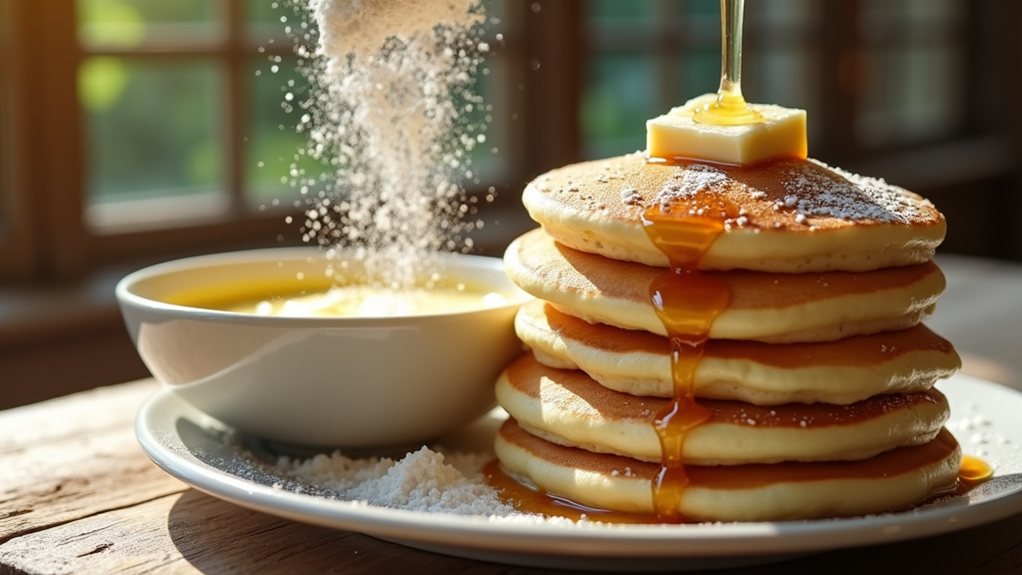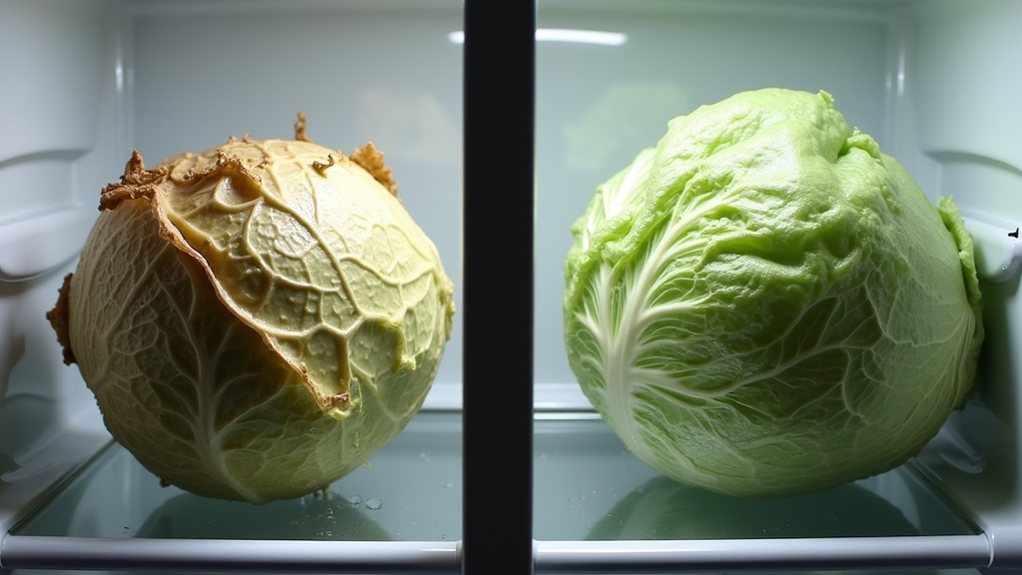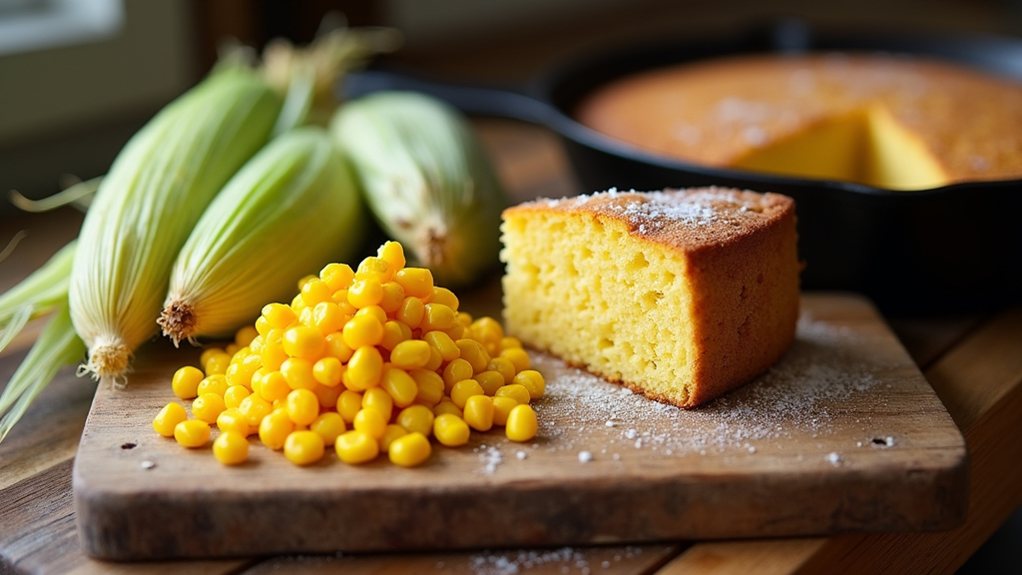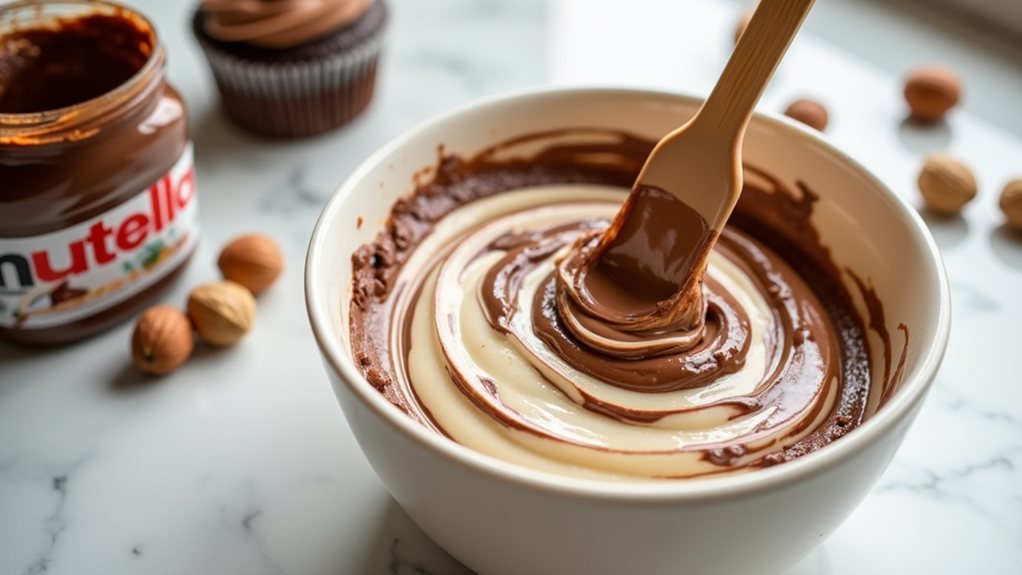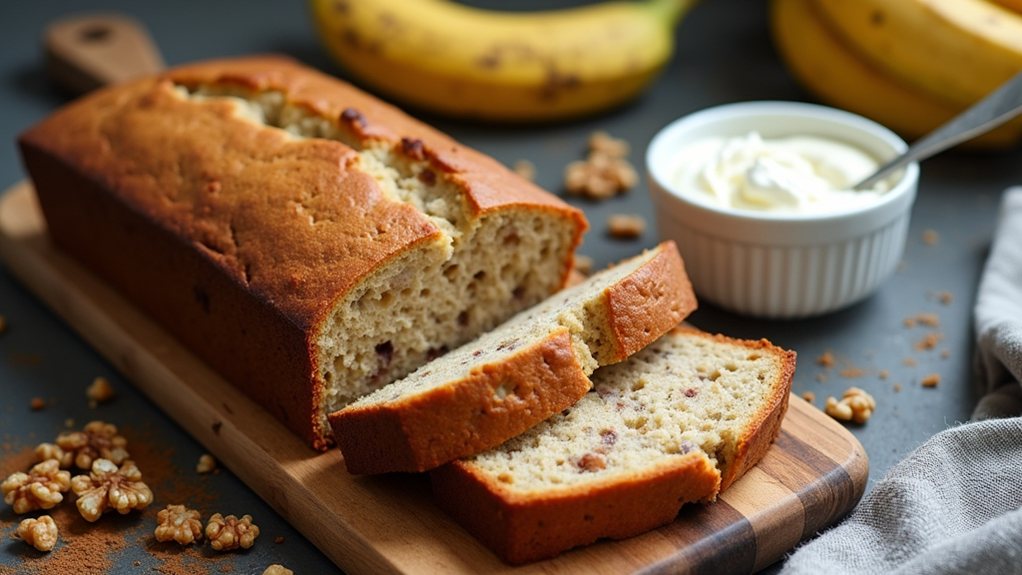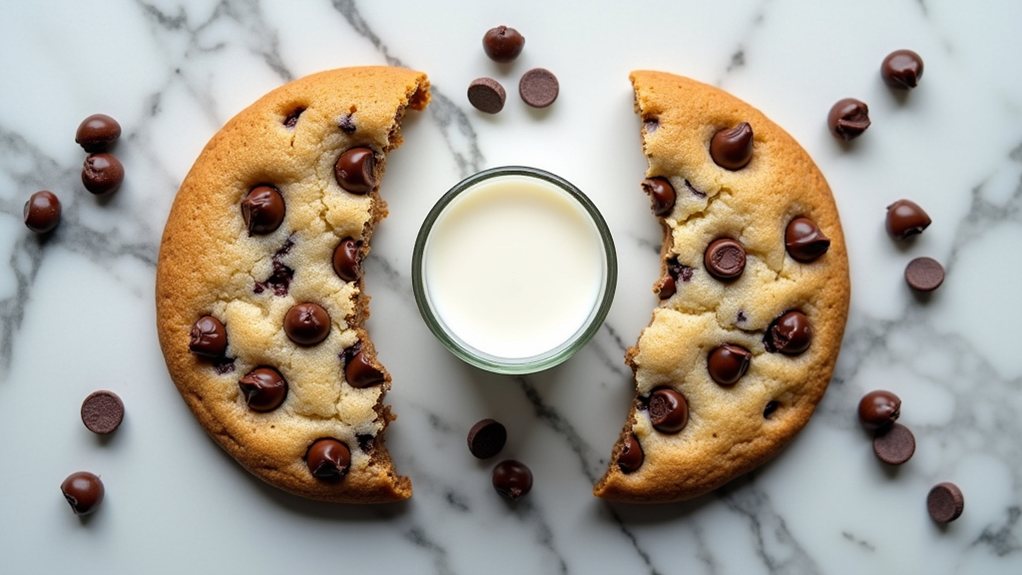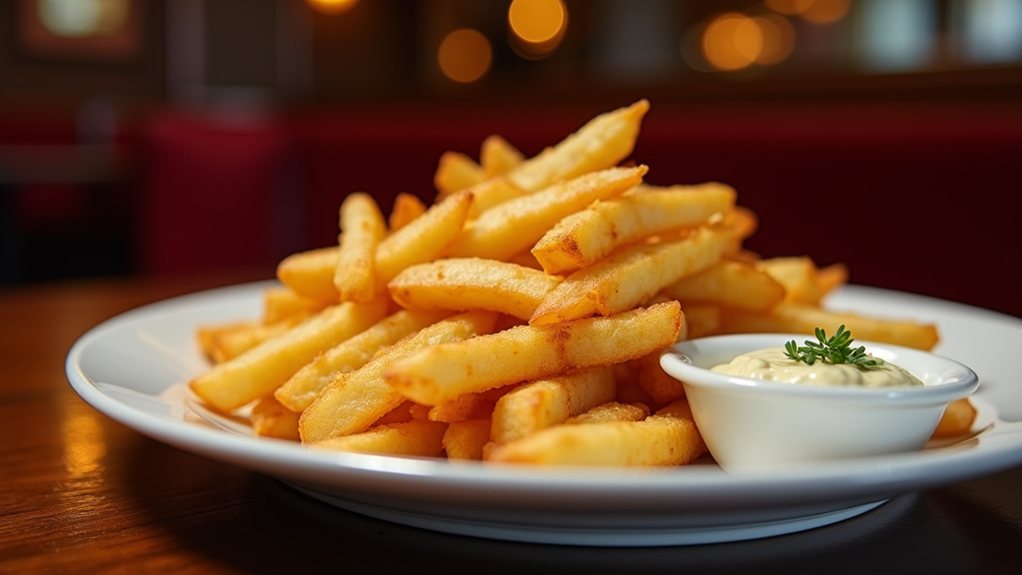Pancakes, those beloved breakfast staples, achieve their impressive height and cloudlike texture through a simple kitchen miracle: baking powder. This unassuming white powder creates a chemical reaction when moistened, releasing carbon dioxide bubbles that expand during cooking. The result transforms ordinary batter into an airy delight that rises on the plate. While many assume special equipment or complex techniques are required for restaurant-quality fluffiness, the secret has always been hiding in plain sight, waiting to enhance morning meals with just a single measured spoonful.
The Science of Pancake Fluffiness
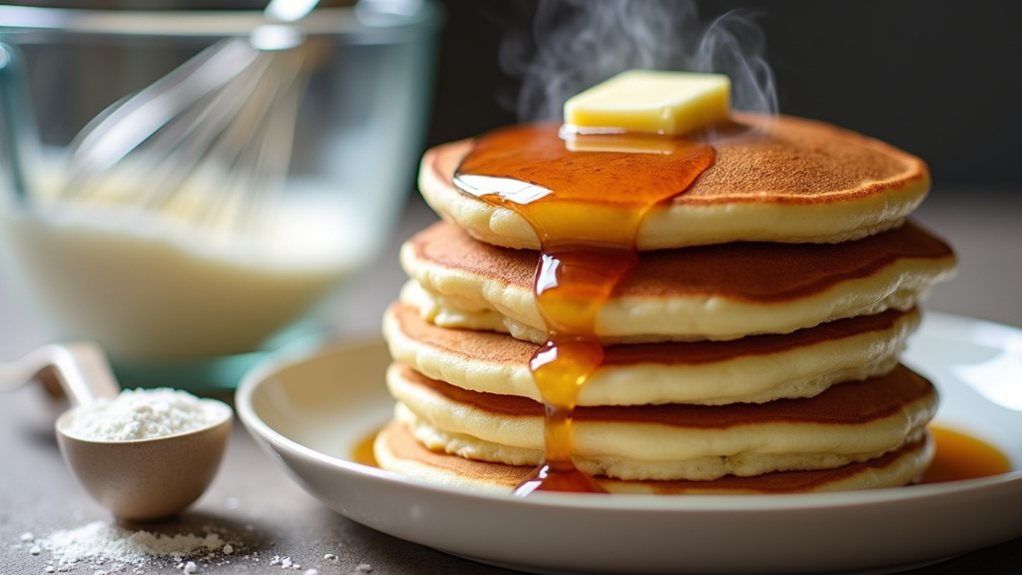
When making the perfect stack of ultra-fluffy pancakes, understanding the science behind these breakfast favorites can transform an ordinary morning meal into something extraordinary. The secret ingredient that creates those airy, cloud-like pancakes is none other than baking powder, the unassuming hero that works its magic with just a single spoonful.
The humble teaspoon of baking powder transforms ordinary batter into heavenly, cloud-like pancakes through simple yet remarkable kitchen chemistry.
Baking powder serves as the primary leavening agent in pancake batter, creating the crucial air pockets that give pancakes their characteristic fluffiness. This powder consists of a combination of acid and alkaline components that, when mixed with liquid, undergo a chemical reaction releasing carbon dioxide gas. These tiny bubbles get trapped in the batter, and as the pancake cooks, they expand, lifting the batter to create that desirable light texture.
Most recipes call for double-acting baking powder, which cleverly releases gas twice – initially when combined with the wet ingredients, and again when exposed to heat on the griddle. This one-two punch optimizes the fluffiness potential, ensuring pancakes rise to their fullest height. The freshness of baking powder matters greatly; older powder loses its potency over time, resulting in flatter, denser pancakes. You can easily test if your baking powder is still active by adding a small amount to hot water, as fresh baking powder will immediately bubble and fizz.
To harness baking powder’s full capability, proper technique must accompany this powerful ingredient. Overmixing the batter develops gluten, creating chewy rather than fluffy pancakes, so a few lumps are actually desirable. Allowing the batter to rest for 5-10 minutes gives the baking powder time to activate fully, while also hydrating the flour for supreme tenderness. Much like the yeast activation process in bread making, this resting period is critical for proper leavening. For consistent results, it’s best to whisk all dry ingredients thoroughly before combining with the wet mixture, ensuring even distribution of the baking powder throughout the batter.
The relationship between baking powder and other ingredients creates a delicate balance. Sugar delays gluten formation and improves browning, while fats from butter or oil coat gluten strands, limiting their development and contributing to tenderness. Similar to how digital pressure cookers offer convenience with their automatic settings, the perfect pancake recipe relies on precise measurements and timing for consistent results.
When cooking, medium heat provides the ideal temperature for the baking powder to work its magic, creating pancakes that rise beautifully without burning.
For those seeking the supreme pancake experience, that single spoonful of baking powder makes all the difference between flat, dense discs and the gloriously fluffy stacks worthy of breakfast dreams.
